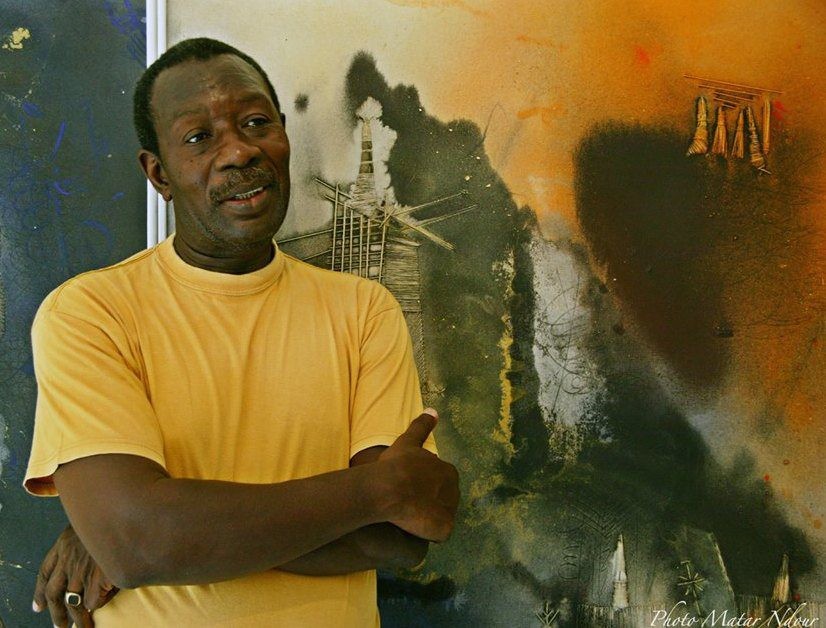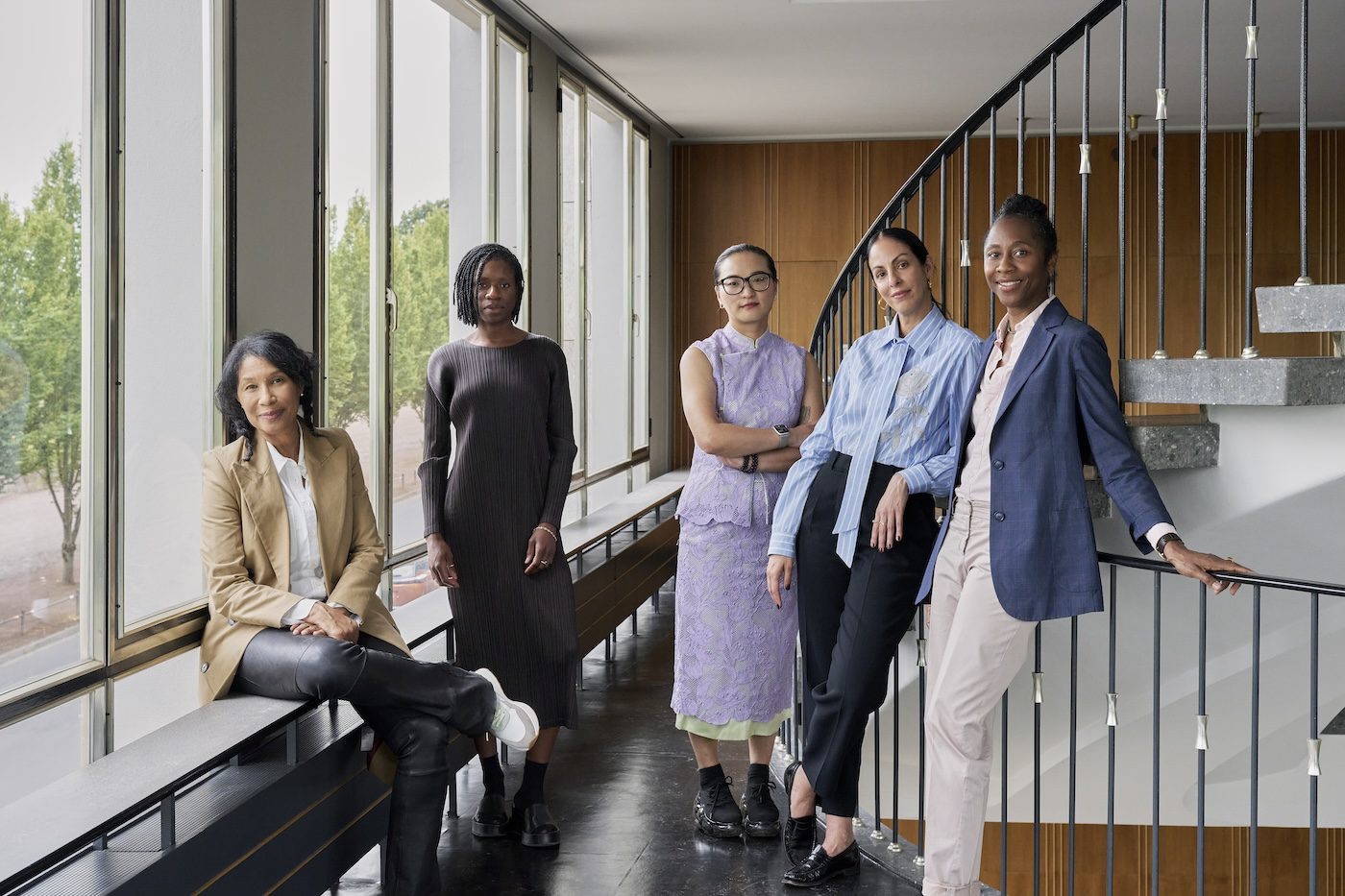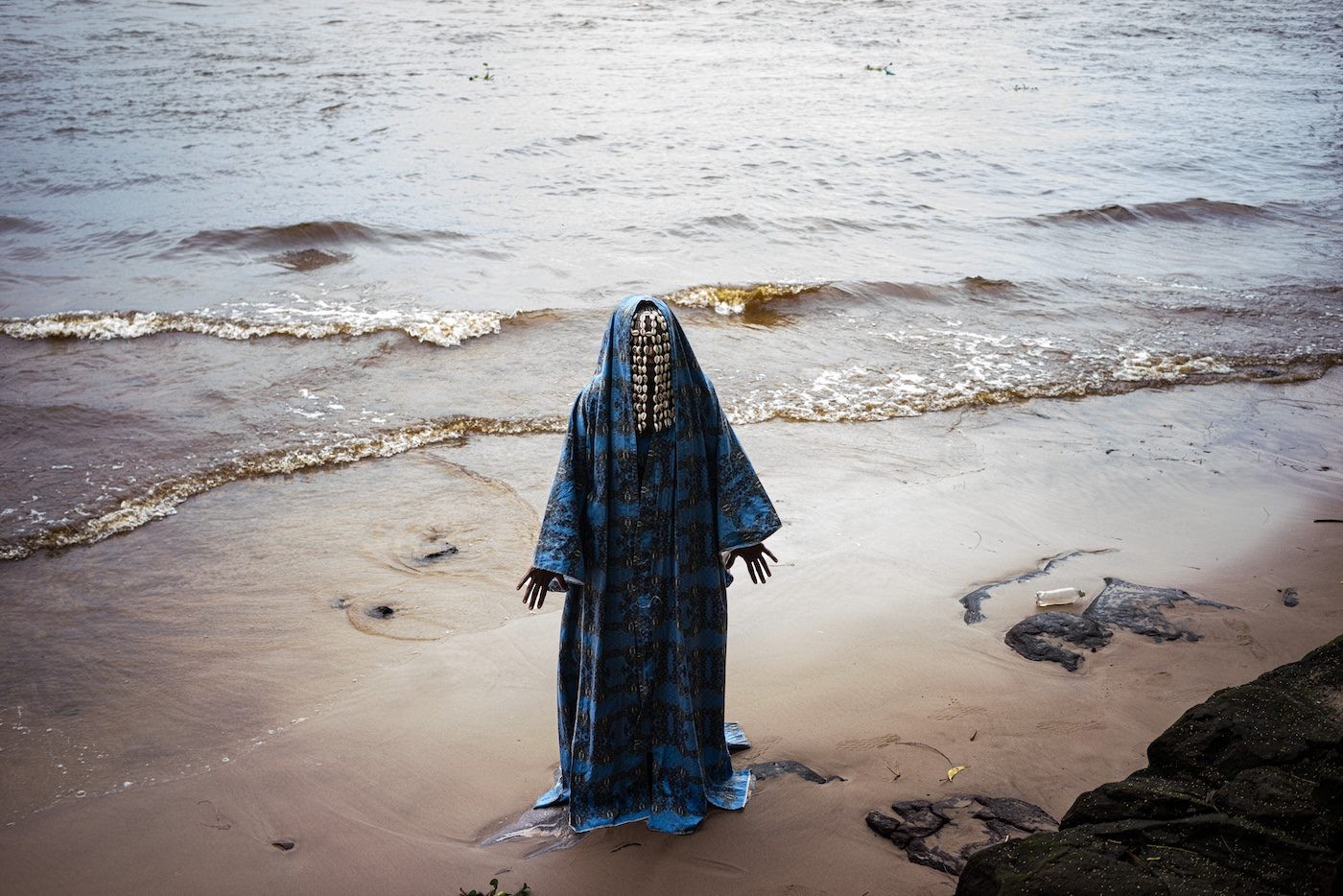A Brilliant Creative Spirit Leaves His Mark

22 August 2014
Magazine C& Magazine
4 min read
On 31 January 2012, at the solemn reception of Arts and Letters, Souleymane Keita was awarded the Grand Prize for the Arts from the President of the Republic of Senegal for his life’s work. “He was the only artist to be chosen by the judges unanimously,” remarked Alioune Badiane, the chief judge for the arts, …
On 31 January 2012, at the solemn reception of Arts and Letters, Souleymane Keita was awarded the Grand Prize for the Arts from the President of the Republic of Senegal for his life's work. "He was the only artist to be chosen by the judges unanimously," remarked Alioune Badiane, the chief judge for the arts, on the occasion.
That was well-deserved recognition for an artist of whom the broader public was largely unaware because he had chosen to live unobtrusively, quietly scrutinizing the tumult of his society and his era in his old age.
But in the artistic community, the man enjoyed the immense respect that befitted his inborn talent and his ability to translate his aesthetics into a variety of media and to embody the values of spiritual humanism that he shared with his “master of thought,” Léopold Sédar Senghor.
In work that was fundamentally grounded in abstraction, the artist employed symbols to express his connections to spirituality, his personal experience, his vision of identity and what it means to be African. Both as an islander – born on 17 April 1946 on the island of Gorée, Senegal, where he was exposed to artistic practices from a young age – and as a proud member of the Mandinka ethnic group, Keita’s character was infused with a deep sense of self-knowledge.
Souleymane Keita is regarded as a pioneer of contemporary artistic creation in Senegal. At the Dakar National Fine Arts Academy, where he enrolled at age 13, he studied under the painter Iba Ndiaye (1928-2008). In 1969 he organized his first solo exhibition.
Two years later, he showed his work in Nouakchott, Mauritania and proceeded from there to travel the world. He and his work were welcomed for exhibitions at galleries across Africa, the United States, Japan, Mexico, France, and Canada over a period of nearly twenty years (1972–1991).
Keita taught ceramic and painting at Jamaica Arts Center in New York. His paintings drew momentum from jazz, of which he was a passionate fan. With his pictorial approach and interrogation of the material, he stayed true to an abstract art that remained consequential across a range of media.
He dreamed of creating a cultural space around 50 kilometers from Dakar where he would reassemble his artwork that had been exhibited in galleries around the world. “The time has come to establish a cultural space between four walls. I have so many works of art at galleries in France and the United States. I want to repatriate them. That’s what I’m working on.” He said this during the radio program Culture en fête, broadcast on 21 April 2012 on the private Dakar station Sud FM.
He had his own perspective on the Biennale of Contemporary African Art in Dakar (Dak’Art), reminding people of Senegalese artists’ desire to see their capital become a global hub for the art market. Souleymane Keita also cautioned of the risk that the event would be “co-opted by outsiders.”
In his view, it was “urgent to build a contemporary art museum in Dakar,” providing infrastructure for exhibiting the work of artists such as Iba Ndiaye, Ousmane Faye, and Seydou Barry; publishing artists’ monographs; reestablishing the Academy of Fine Arts; and fostering artistic patronage.
Among Keita’s last projects was a series of seven pieces interpreting the poem “Femme noir” (“Black Woman”) by Léopold Sédar Senghor. The series was both a return to two sources of his inspiration and an affirmation of his support for the rootedness and openness of the poet’s song.
Based in Dakar, Aboubacar Demba Cissokho is a Senegalese cultural journalist. Since 2001 Cissokho has worked as a reporter forthe Senegalese Press Agency (APS).
Read more from

Nnena Kalu wins Turner Prize 2025

Yina Jiménez Suriel and Raphael Fonseca are the artistic directors for Iceland’s Sequences Biennial

MAM São Paulo announces Diane Lima as Curator of the 39th Panorama of Brazilian Art
Read more from

MAM São Paulo announces Diane Lima as Curator of the 39th Panorama of Brazilian Art

Naomi Beckwith Unveils Core Artistic Team for documenta 16
